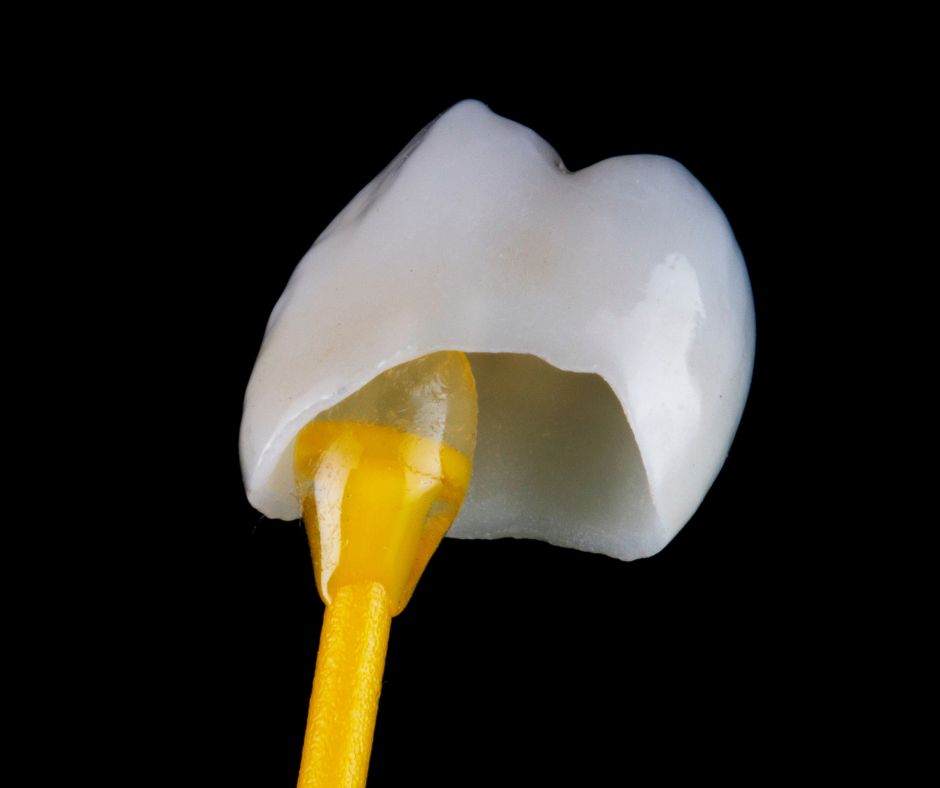Blog Page & News Articles
When does your dentist choose a crown instead of a filling?
Author: Dr Behnam Aminnejad. Posted: 13.11.23
When does your dentist choose a crown instead of a filling?
The decision to place a dental crown or a filling on a tooth depends on several factors, including the extent of tooth damage, the location of the tooth in the mouth, and the overall health of the tooth. Here are some common situations where a dental crown might be chosen over a filling:
- Extensive Tooth Decay: When a tooth has extensive decay or damage, a filling may not provide enough support or coverage to restore the tooth properly. In such cases, a crown is often recommended to cover and protect the entire tooth, preventing further damage.
- Fractured or Cracked Tooth: If a tooth is fractured or cracked, especially if the damage extends into the tooth's structure, a crown can help hold the tooth together and prevent it from breaking further.
- Large Fillings: When a tooth requires a filling that would be disproportionately large in relation to the remaining healthy tooth structure, a crown may be a better choice for providing strength and stability.
- Root Canal Therapy: After a root canal procedure, the affected tooth often becomes more brittle and susceptible to fracture. Placing a crown on the tooth can protect it and provide structural support.
- Cosmetic Concerns: Crowns are often used for cosmetic reasons, such as covering discolored or misshapen teeth. They can improve the appearance and shape of a tooth.
- Tooth Wear: In cases of severe tooth wear, such as from grinding or erosion, a crown may be used to rebuild and protect the tooth's surface.
- Replacing Large Old Fillings: When old, large fillings begin to break down or fail, they may be replaced with crowns to provide better long-term durability and protection.
- Weakened Tooth Structure: If a tooth has significantly weakened or thin enamel, placing a crown can provide reinforcement and protection against future damage.
- Alignment and Bite Issues: Crowns can be used to improve the alignment of teeth and adjust the bite when a tooth is misaligned or causing bite problems.
In Summary
It's important to note that while crowns are effective at addressing these situations, they typically require more tooth reduction (removal of healthy tooth structure) than fillings. This means that once a crown is placed, the tooth is permanently altered.
Your dentist will evaluate your specific dental needs and consider various factors, including the extent of damage, your oral health, and your cosmetic concerns, when recommending a filling or a crown. It's essential to have a thorough discussion with your dentist to determine the most appropriate and effective treatment for your particular case.
If you would like more advice or would like to make appointment, please telephone the practice during open times: 01248 370054
Read more of Dr Behnam Aminnejad's dental care articles and tips: Back to Blog

Why Choose Us?
- Master's degree in Endodontic (Root canal treatment)
- Almost 30 years experience
- All dental treatments are individually tailored to your specific needs
